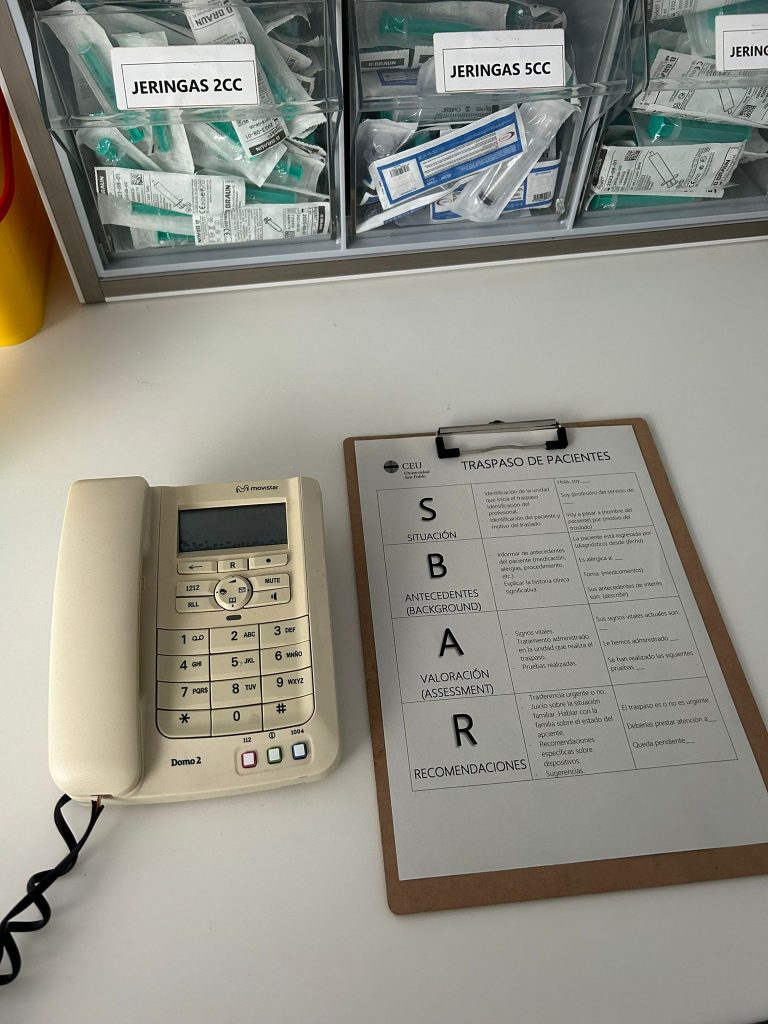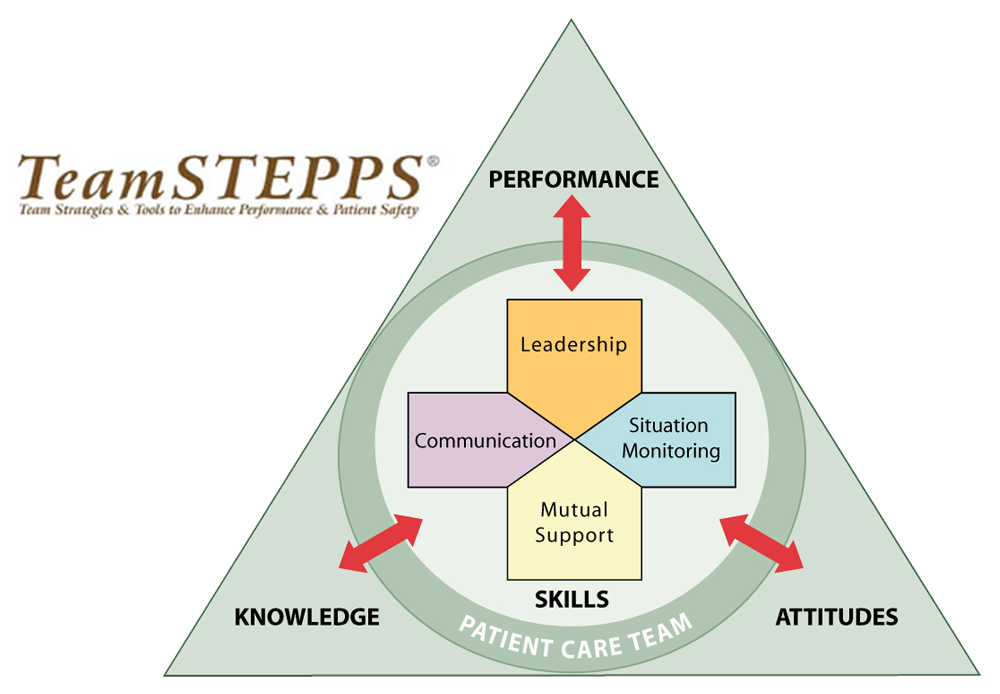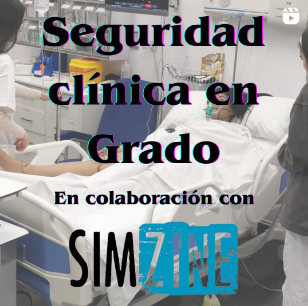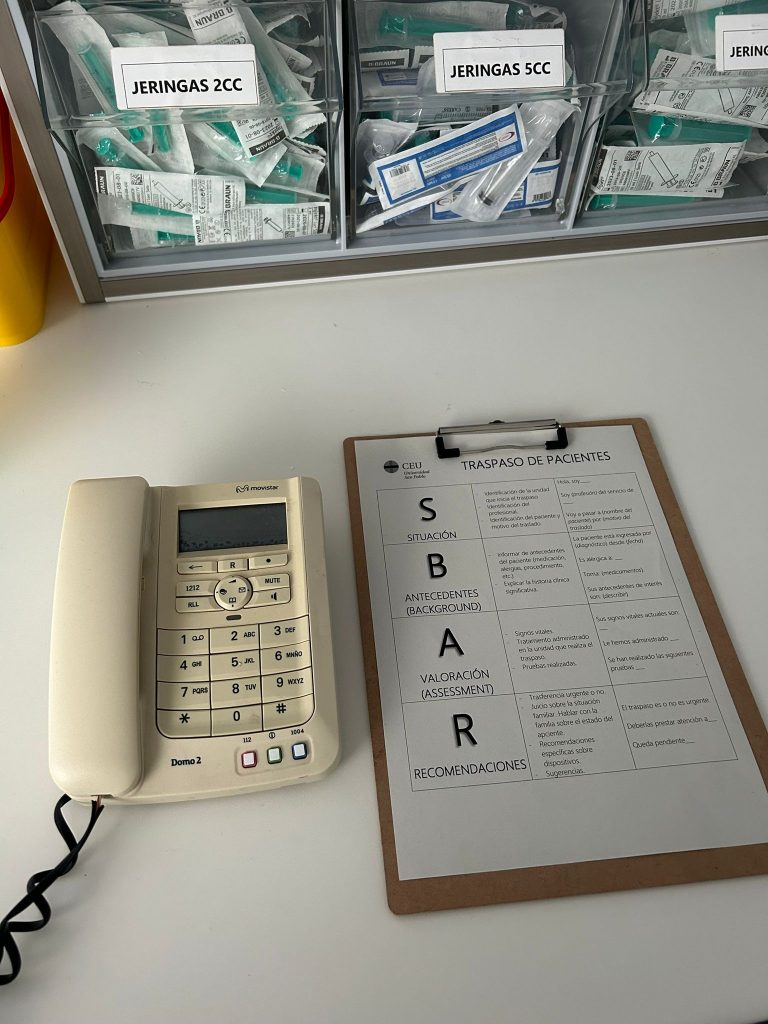Álvaro Trampal Ramos, aka @enfermerodesimulacion, talks about the importance of instilling the principle of clinical safety starting in undergraduate Nursing studies.
Clinical safety is the “cornerstone” of our work in the world of medical simulation. We all know the study “To Err is human” or the data from the 2013 Journal of Patient Safety publication where it tells us that medical errors are the third leading cause of mortality in the U.S. Did you know that it is more dangerous to enter the hospital than bungee jumping? Faced with such overwhelming data, why don’t we go deeper into clinical safety? Why don’t we train more? Why don’t we generate the culture of clinical safety from day one at the University?
On many occasions, this safety training is associated with postgraduate training, in expert courses, masters or continuing education, but I ask myself; given the opportunity to train in safety at the University, why don’t we take advantage of the opportunity to train our students in clinical safety in a transversal way at the undergraduate level?
We must have clear that adverse events do not occur due to lack of knowledge: 70-80 % of the events are associated with communication failures. Therefore, considering the overwhelming data, why do not we train more communication skills, roles, leadership, etc.?
When we design simulation scenarios with undergraduate nursing students, we often focus on technical skills, such as cannulating a vascular access, catheterization or simply basic care, leaving aside non-technical skills. Why don’t we integrate clinical safety into the scenarios from the first year of the degree?

On many occasions we do not give safety the great importance it has in undergraduate training or we simply focus on basic competencies of a future nurse and we do not know how to integrate it into simulation scenarios. Let’s take a look at some examples of how to apply clinical safety in a transversal way in all undergraduate nursing scenarios:
– Patient who becomes hypotensive and the physician needs to be informed. We can use the phone call made by the nursing student to the physician to train and integrate the handover of information using the SBAR tool for example.
– Use the CRM (Crisis Resource Management) points in the simulation scenarios and let the students see the importance of knowing the environment, asking for help, leadership, efficient communication, etc.
– Introduce them to the importance of a team briefing at the beginning of the working day.
– Recreate surgical scenarios and apply the “Surgical Checklist“, a tool that has proven to save lives and prevent adverse events in the operating room.
– As I have said on many occasions, less is more, there are scenarios that should not be complex and with proper hand hygiene, correct patient identification, checking the correct 10 of drug administration, etcetera, we are already instilling good practices and safety. We can put up posters around the Simulation Center with the SBAR steps, the Team Stepps image, etc., with the aim of familiarizing students with these tools and integrating them into their daily lives.
Today we have many tools that we can apply in simulation scenarios throughout the university years, tools such as “TeamStepps”, NEWS, Huddle and a long etcetera.

The professionals who are dedicated to simulation in undergraduate courses have the great opportunity to sow the seed of clinical safety in students, with the ultimate goal that students finish their university education with a culture of safety that they can apply from day one in their workplaces and be able to reduce adverse events and save lives.
As teachers, we have in our hands the opportunity to save lives through our students.
Would you like to know more? Find out more in the Instagram video by @enfermerodesimulacion (Spanish language):

READ ALSO






























